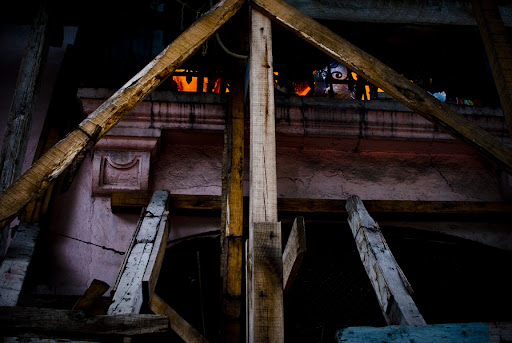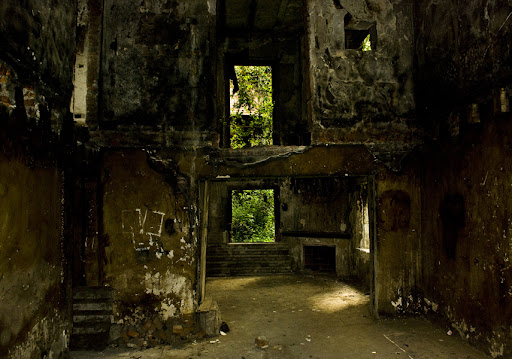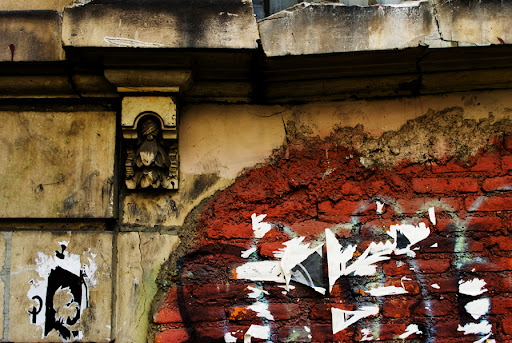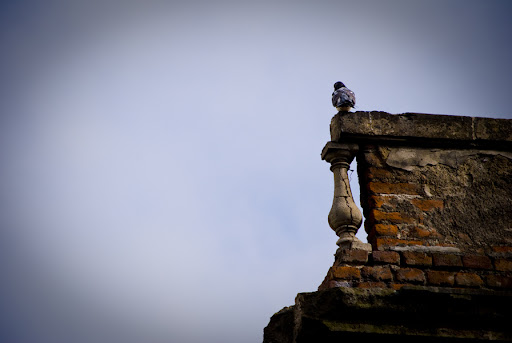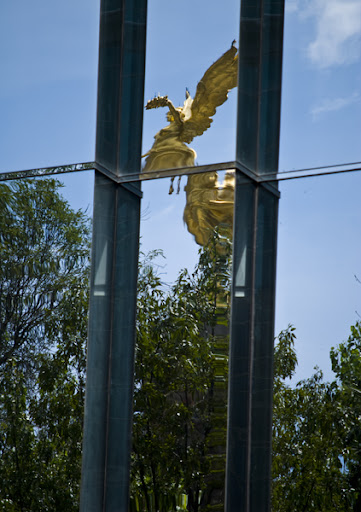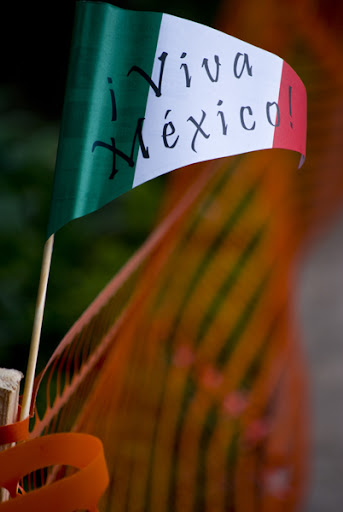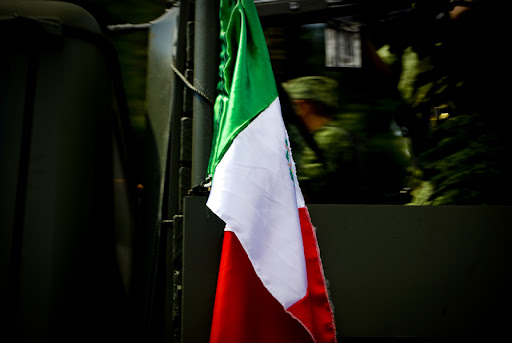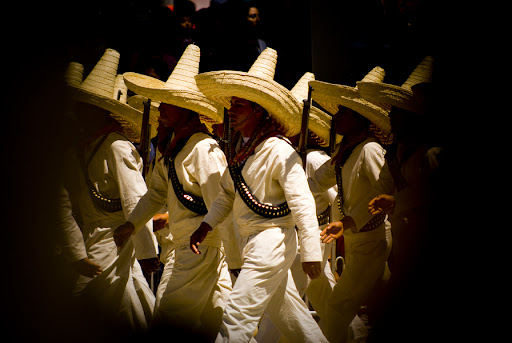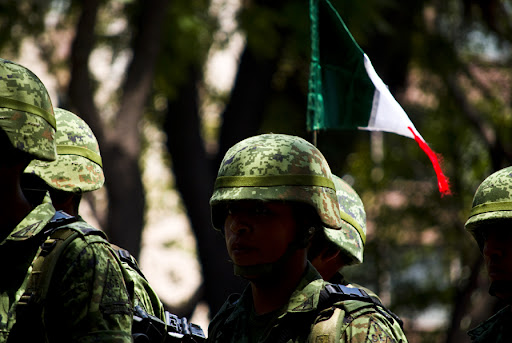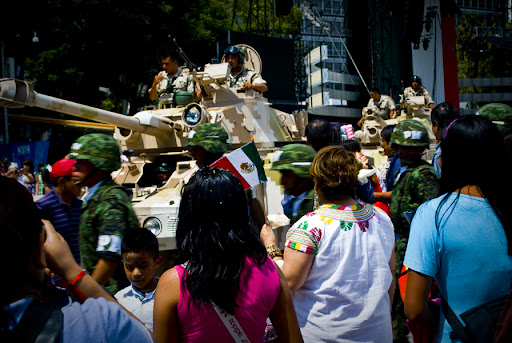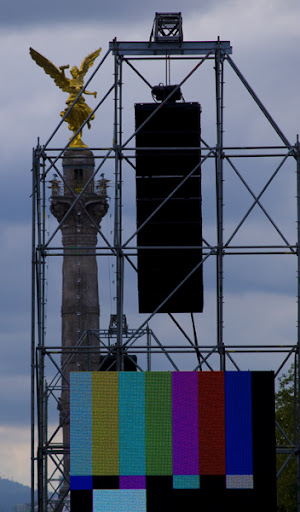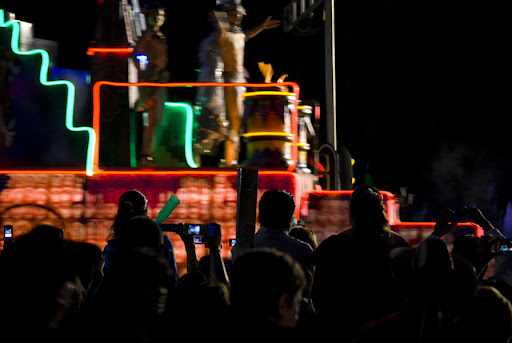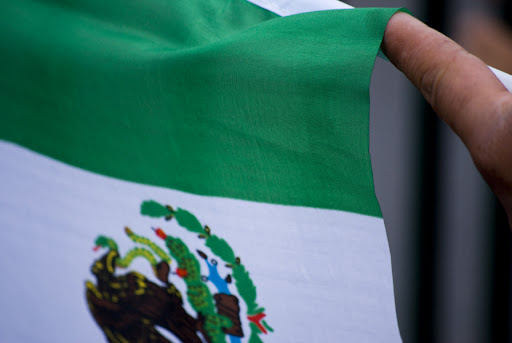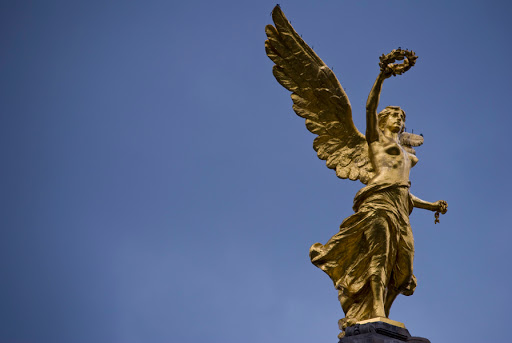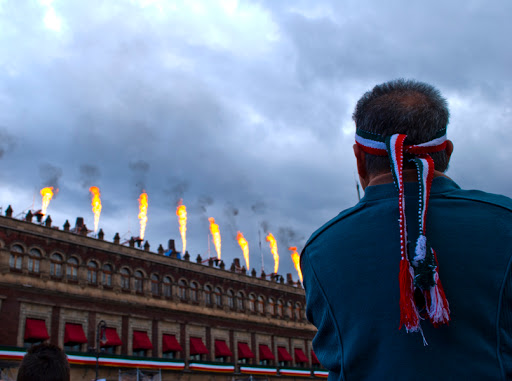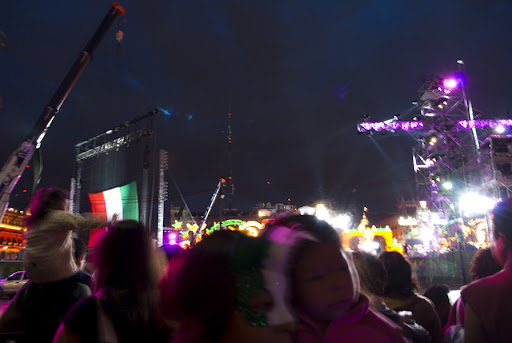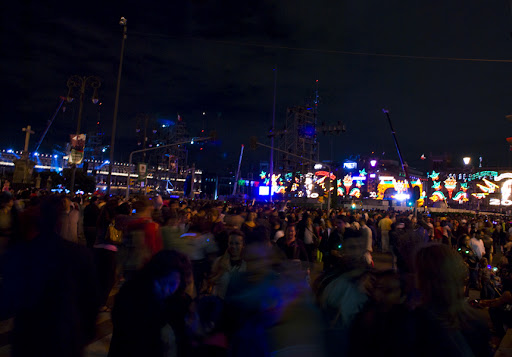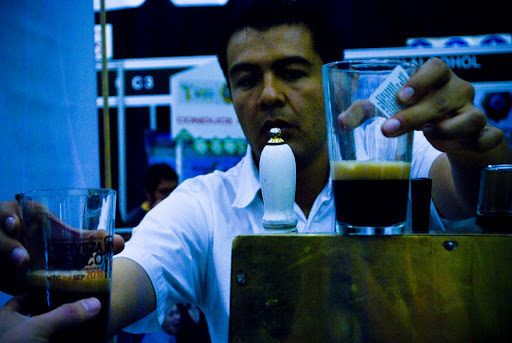
Few branding campaigns have succeeded in intertwining the image of product and country as have the long-running efforts of Grupo Modelo to make Corona synonymous with Mexico. That fizzy flavorless lager should become Mexico's most effective foreign ambassador is a testament to that relentless marketing, and the dominance of Grupo Modelo, and its competitor, Cervecería Cuauhtemoc, over the market has made "Mexican beer" equivalent with light, refreshing adjunct lagers.
Unlike the United States, where Prohibition crushed an artisanal brewing industry, there is little evidence that a wide variety of beer styles ever flourished here. The consolidation of Modelo and Cuauhtemoc by mid-century and the absence of a strong consumer market condemned the country to beer purgatory. This dismal situation began to change over the past 15 years, with the founding of The Beer Factory, a "Rock Bottom"-style brewpub, in Mexico City in 1997, and the brief-lived Casta brewing company, a bottled craft beer line.
To say there is now a flourishing craft beer scene in Mexico would be an exaggeration. However, the enthusiasm, diversity, and quality on display at this weekend's Cerveza Mexico artisanal exposition was a heartening demonstration that the nascent movement is gathering momentum. While craft breweries here will continue to struggle against the market hegemony of Modelo and Cuauhtemoc, whose control over distribution and resale agreements can border on suffocating, efforts to organize the industry to lobby against legislation that protects the monopoly are underway. Consumers are increasingly becoming aware of the possibilities as well, as the steady stream of Friday night customers at a small craft beer store in Colonia Roma will attest. The evolution of consumers' palates is also underscored by the decision of Cervecería Cuauhtemoc to purchase Casta, and has offer two of Casta's recipes under the label of Bohemia Trigo (wheat) and Bohemia Oscura (dark). Moreover, the influence of the U.S. craft beer movement has also trickled across the border, as demonstrated by the big, aggressive experimental ales produced by Baja California's Cucapá brewing company.
The slogan for the exposition was: "Alternatives that flow." While Corona may continue to claim the image of Mexico,
lagers with limes are no longer the only option.
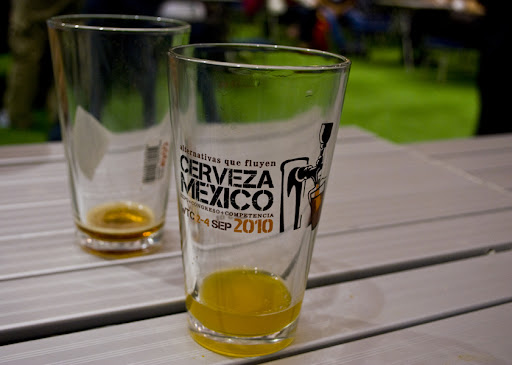
http://www.manifiestoantimonopolio.com.mx/
http://www.labelga.com.mx/http://www.cucapa.com/






